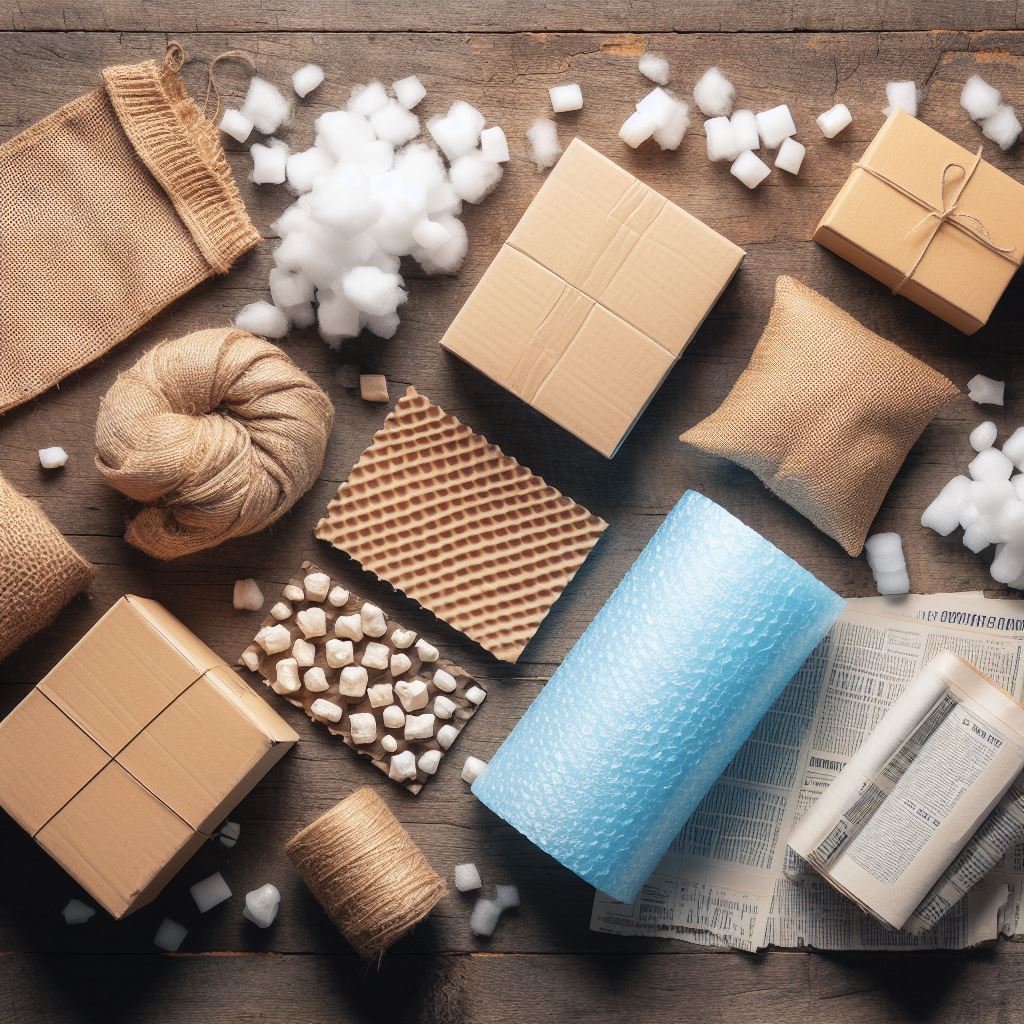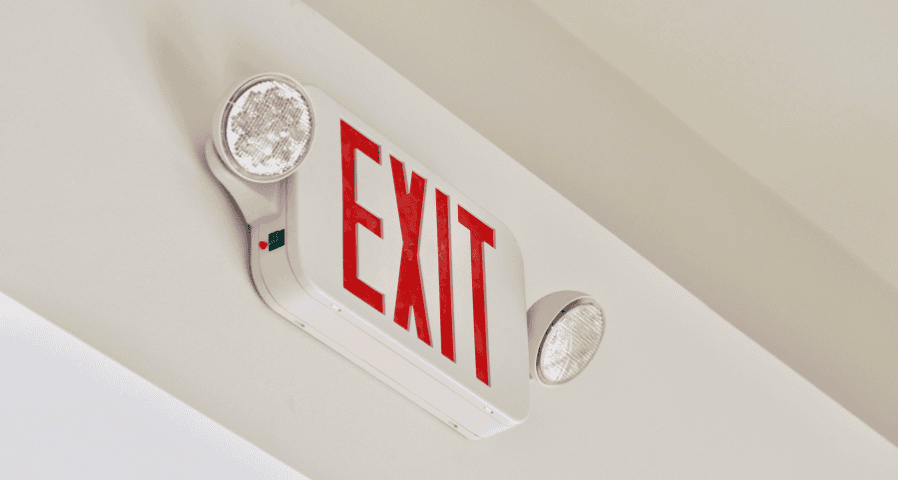Top Packaging Materials for Different Industry Needs

In today's market, packing does more than just hold a product; it shows how valuable a brand is, keeps the item safe while it's being shipped, and can even affect people's decisions to buy. Different industries have different packing needs based on the type of product, how fragile it is, and the audience they want to reach. It's important to pick the right packing material from Ace Industrial Packaging Solutions to save time, money, and ensure customers are happy. Take a look at this list of the best packing materials for different types of businesses.
1. Corrugated Cardboard for E-Commerce and Retail
Corrugated cardboard remains the gold standard for e-commerce and general retail packaging. Its lightweight structure, combined with durability and cushioning ability, makes it ideal for shipping a wide range of products. This material is cost-effective, recyclable, and easy to customize with branding elements. From small consumer electronics to books and clothing, corrugated boxes offer versatility and wide application.
2. Flexible Packaging for Food and Beverage
The food and beverage industry has embraced flexible packaging materials like plastic films, pouches, and laminated foils. These materials extend shelf life, preserve freshness, and are excellent for portability. Flexible pouches with resealable zippers and spouts are increasingly popular for snacks, sauces, and beverages. This packaging type is also lighter than rigid alternatives, reducing shipping costs and environmental impact.
3. Glass and Aluminum for Premium and Perishable Goods
For products that require airtight or chemical-resistant barriers, such as cosmetics, pharmaceuticals, or high-end food items, glass and aluminum are go-to materials. Glass preserves the purity of liquids and creams, making it a staple in the cosmetic and skincare industries. Aluminum is favored for canned beverages and pharmaceuticals due to its resistance to light and moisture.
4. Biodegradable and Compostable Materials for Sustainable Brands
Industries committed to reducing environmental footprints, such as organic food producers and eco-conscious retailers, often use biodegradable materials. Options like cornstarch-based plastics, mushroom packaging, and recycled paper pulp are gaining traction. These materials not only minimize waste but also appeal to environmentally conscious consumers.
5. Plastic for Durability and Transparency
Despite environmental concerns, plastic remains a dominant player in packaging, especially for items that benefit from visibility and durability. PET and HDPE plastics are commonly used for bottled beverages, cleaning products, and personal care items. They offer strength, leak resistance, and clarity, making them ideal for brands that want consumers to see the product before purchasing.
6. Wood and Crates for Heavy-Duty Industrial Goods
For machinery, automotive parts, and construction materials, wood packaging provides robust support and durability. Wooden pallets, crates, and boxes can handle substantial weight and are often used for export or long-distance shipping. While not the most aesthetic, they are highly functional and reusable in industrial settings.
7. Paperboard for Pharmaceuticals and Cosmetics
Paperboard cartons are commonly used in the pharmaceutical and cosmetics industries. They provide enough protection for items like pills, creams, and serums, while allowing for high-quality printing and branding. These boxes are also recyclable and come in various thicknesses to suit different packaging needs.
8. Foam and Cushioning for Fragile Electronics
Packaging that not only protects electronic gadgets from electrostatic discharge and shocks but also maintains their integrity while they are in transit is essential. Foam inserts, anti-static wrapping, and moulded pulp trays are frequently utilised in the manufacturing process. To avoid any harm to the product and to guarantee that it is delivered to the customer in pristine shape, this is an excellent illustration of why protective packaging is so important.
Final Thoughts
It is not just a matter of aesthetics or cost when it comes to selecting the ideal material for packaging; rather, it is a strategic decision that has the potential to influence everything from how people perceive the brand to how safe the product is. As certain industries continue to go through transitions and as the expectations of consumers continue to rise, there will be an ongoing increase in the demand for packaging solutions that are both environmentally friendly and suitable for specific applications. The ability of a firm to differentiate itself from its competitors and achieve success in its separate markets is directly correlated to the degree to which it places a high priority on selecting the suitable materials for its packaging.
Note: IndiBlogHub features both user-submitted and editorial content. We do not verify third-party contributions. Read our Disclaimer and Privacy Policyfor details.







